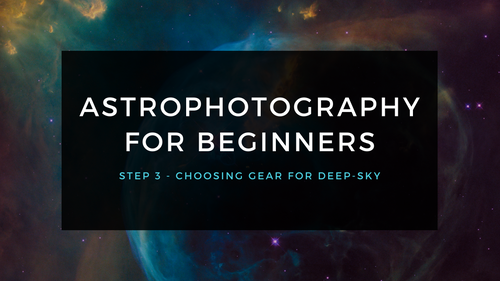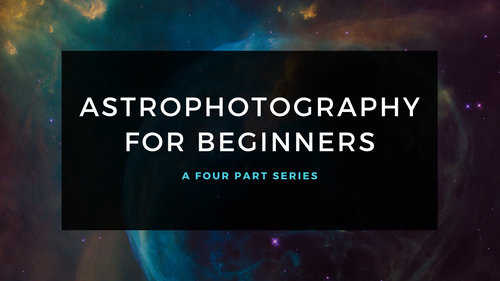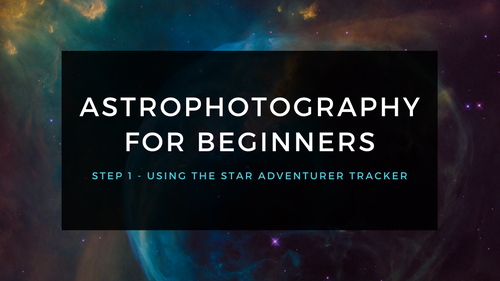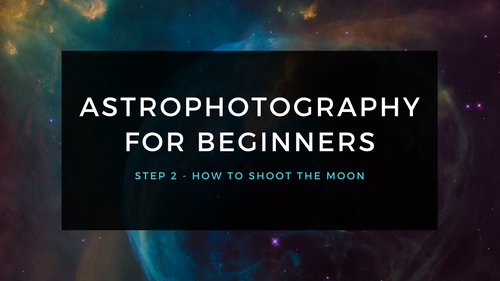





Products in the Same Family
Why Purchase from All-Star Telescope?
Free Expert Support
Whether you are a first timer needing help with setting up or an enthusiast that can't quite make that one thing work, our expert staff are ready to support your needs. With decades of knowledge and first hand experience we've been there and we can help you through it!
Stress Free, Secure Transactions
You can trust purchasing and delivery with All-Star Telescope. All of our transactions are 100% secure and Level 1 PCI DSS compliant thanks to Shopify's ShopPay platform. For additional protection, we insure 100% of the value of every shipment we make. If it get's lost during shipment, we replace it. If it gets damaged during shipment, we replace it. We make sure your product arrives exactly as you would expect it to; we promise.
We also ensure privacy protection. We never keep any of your credit card information on file and any of your personal data is stored according to our policies.
30 Day Return Policy
Buy with confidence knowing that we accept returns up to 30 days after purchase. We want you to have something you will actually use and we are confident that we keep good quality products in our store with No Junk.
Price Match Promise
Shipping around for the best price is tough, we make it easier by offering the best pricing in the market. But if you find a better price on an in-store item somewhere else we will match it!
Product Description
ALP-T Dual Band 5nm Highspeed Filters are further optimized to work with high-speed imaging systems by shifting slightly the passband and center wavelength. Using these highspeed filters between optics f/2.2 and f/3.6 shows much stronger and more contrasted in nebulae imaging compared to the standard version.
For optics f-ratios slower than f/3.6, the standard ALP-T Dual Band 5nm filter is highly recommended. Meanwhile, if you seek the best possible performance with any optics faster than f/2.2, the highspeed version is the best choice.
But keep in mind, the blue shift data by the computer simulation indicates narrowband filter shifts its bandwidth to shorter wavelengths with faster optics than f/2, transmission at the emission wavelength may decrease perhaps 15%-20%. Although the Antlia ALP-T highspeed filter has similar transmission rates reduction in the H-a and OIII when the filter is used on fast optics, based on current standard version users’ data, it is evident that the filter still has the high performance of increase in emission nebula contrast and minimized halo.
The highspeed version price is the same as the standard filters and double benefits for the high-speed optics users. Worth mentioning is that Antlia inspected and measured products piece by piece with one of Agilent Cary’s professional spectrophotometer, resolution/slit width is up to 0.2nm, which make us provide highly reliable and consistent products to you..
The Antlia ALP-T dual band 5nm series filter is a dual line-pass filter that was designed to be used primarily with one-shot color (OSC) cameras such as DSLR's and astronomical OSC cameras. It can also be used as a narrowband filter for monochrome cameras to save imaging time. The advanced multi-coatings on our ALP-T ultra dual band filter effectively isolate the red Ha and the blue-green OIII lines light from emission nebulae, with almost total suppression of optical density (OD)4.5 on unwanted wavelengths from light pollution, moonlight, and airglow. The result is that our ALP-T dual band 5nm filter creates a superior signal-to-noise ratio and better contrast in your images.
The filter enables the capture of the two main emission nebulae bands at the same time, whilst suppressing unwanted light pollution. It enables you to capture cleaner data and reduces the post-processing efforts to isolate faint details from the background light pollution
Specifications
| Model | Hydrogen-alpha | Oxygen III |
| FWHM | 5nm | 5nm |
| CWL (Central Wavelength) | 657.8nm | 502.2nm |
| Peak Transmission | 88% | 82% |
| Blocking | ≥OD4.5 @ 300-1050nm | ≥OD4.5 @ 300-1050nm |
| Filter Thickness | 2mm+/-0.05mm | 2mm+/-0.05mm |

Additional Articles, Videos, and Links

Astrophotography for Beginners Step 4: Shooting Deep-Sky Images
Taking deep sky pictures can be daunting, luckily there is an easy process to follow to allow you to get great shots! Here is the typical process for actually taking deep-sky images in the field.

Astrophotography for Beginners Step 3: Choosing Gear for Deep-Sky Imaging
Using a star tracker gains you experience with the fundamentals of deep-sky imaging. Shooting the Moon gains you experience focusing and framing through your telescope. Through your sessions you’ll...

Astrophotography for Beginners - Start Here: Getting into Astrophotography Step by Step
Shooting the night sky has never been more popular, nor easier. The choice of equipment has also never been better, or more affordable. However, as per the advice given by Dickinson and Dyer in the...

Astrophotography for Beginners Step 1: Using the Star Adventurer Tracker
By far the most economical and easiest way to capture beautiful images of the Milky Way and large deep-sky objects like the Andromeda Galaxy (shown here) is to use a star tracker. Here are steps an...

Astrophotography for Beginners Step 2: How to Shoot the Moon
Close-ups of the Moon are rewarding, and an easy way to learn to shoot through your telescope. While good results are possible with a phone camera clamped to an eyepiece (as shown below), this tuto...

